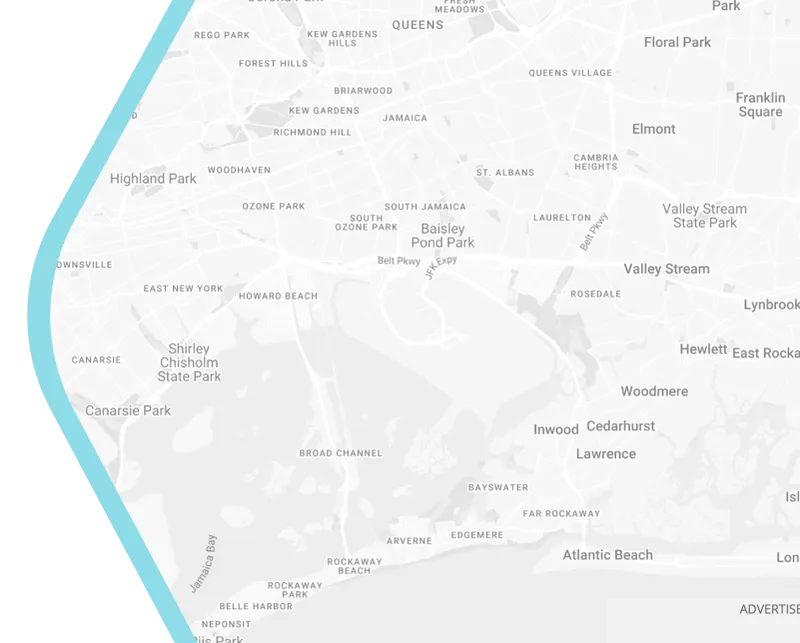
Beyond the Coastline: Exploring the Potential of Smart Riverfront Development in Australia
Why Australia's Rivers are the Next Frontier for Smart Urban Development
While Australia is renowned for its stunning coastline and vibrant coastal cities, the nation's rivers have played a foundational role in its history and development. From early settlements to modern urban centers, rivers have been vital for transportation, agriculture, and water supply. Today, as Australian cities continue to grow and evolve, there's a renewed focus on the potential of riverfronts to enhance urban life, offering opportunities for recreation, economic growth, and the creation of dynamic public spaces that extend beyond the traditional coastal focus.
Defining a "Smart" Approach to Riverfront Planning and Design in Australia
Adopting a "smart" approach to riverfront planning in Australia means integrating innovative strategies and technologies to create sustainable, efficient, and livable urban environments along our waterways. This encompasses several key aspects:
- Sustainability and Ecological Considerations: Prioritizing the health of the river ecosystem, incorporating green infrastructure, and using environmentally friendly materials and practices.
- Integration of Technology: Leveraging digital tools and smart technologies to improve infrastructure management, enhance public services, and provide better connectivity for residents and visitors.
- Community-Focused Design: Creating inclusive and accessible public spaces that foster social interaction, celebrate local culture and heritage, and respond to the needs of the community.
- Resilience to Climate Change: Planning for and mitigating the impacts of climate change, such as increased flooding or extreme weather events, to ensure the long-term viability of riverfront developments.
The Multifaceted Benefits of Investing in Smart Riverfronts Across Australia
Investing in the smart development of Australia's riverfronts can yield a wide range of benefits:
- Economic Advantages: Revitalized riverfronts can attract tourism, stimulate local economies through new businesses and developments, and create employment opportunities.
- Social and Cultural Enrichment: Well-designed riverfronts provide valuable recreational spaces for walking, cycling, and enjoying nature. They can also become focal points for community events, cultural activities, and the celebration of indigenous heritage, recognizing the deep connection Aboriginal and Torres Strait Islander peoples have with Australia's waterways.
- Environmental Stewardship: Smart planning can lead to the restoration of degraded riverbanks, the creation of green corridors that enhance biodiversity, and the implementation of practices that improve water quality and overall ecosystem health.
Key Challenges and Considerations for Smart Riverfront Projects in Australia
Despite the immense potential, there are also key challenges and considerations for smart riverfront projects in Australia:
- Navigating Environmental Regulations: River ecosystems are often sensitive, and development must adhere to strict environmental regulations to minimize negative impacts.
- Balancing Development with Preservation: Finding the right balance between urban development and the preservation of natural landscapes and ecological values is crucial.
- Engaging Diverse Stakeholders: Successful projects require collaboration and buy-in from various stakeholders, including government agencies, private developers, community groups, and local residents.
- Securing Funding and Long-Term Commitment: Ambitious riverfront projects often require significant financial investment and a long-term commitment from all involved parties.
- Addressing Issues Like Flooding and Water Quality: Many Australian rivers are prone to flooding, and ensuring the safety and resilience of riverfront developments is paramount. Maintaining and improving water quality is also a critical consideration.
Emerging Trends and Innovative Examples in Australian Smart Riverfront Development
Across Australia, there are emerging trends and innovative approaches to smart riverfront development. While specific examples vary, common themes include:
- Incorporating Renewable Energy: Designing riverfront precincts with solar power, wind energy, or other renewable sources to reduce their carbon footprint.
- Utilizing Smart Sensors and Data Analytics: Implementing sensors to monitor water quality, pedestrian traffic, energy usage, and other key environmental and urban indicators to inform decision-making and improve efficiency.
- Developing Interactive Public Spaces: Creating engaging public art installations, digital information kiosks, and interactive experiences that enhance visitor engagement with the riverfront environment.
- Prioritizing Active Transport: Designing extensive networks of walking and cycling paths to encourage healthy lifestyles and reduce reliance on cars.
The Role of Collaboration and Integrated Planning for Successful Smart Riverfronts
The success of smart riverfront development in Australia hinges on collaboration and integrated planning. This requires effective partnerships between government at all levels, private sector developers, community organizations, Traditional Owners, and design professionals. A holistic approach that considers the environmental, social, economic, and cultural aspects of riverfront development is essential for creating truly successful and sustainable outcomes.
Conclusion: The Future is Flowing - Embracing Smart Design for Australia's Rivers and Waterfronts
Australia's rivers offer a wealth of opportunities for creating vibrant, sustainable, and smart urban spaces that enhance the lives of residents and contribute to the overall prosperity of our cities. By embracing innovative planning and design principles, prioritizing environmental stewardship, and fostering collaboration, Australia can unlock the full potential of its riverfronts, creating urban gems that extend beyond the coastline and connect communities with the natural beauty and vital resources our rivers provide.
To discover more about how Smart City SS can transform urban spaces and enhance community living, visit our company's about page: https://www.smartcityss.com/about
If you have a project in mind or would like to discuss how our expertise can help you achieve your smart city and waterfront development goals, please get in touch with us through our contact page: https://www.smartcityss.com/contact
